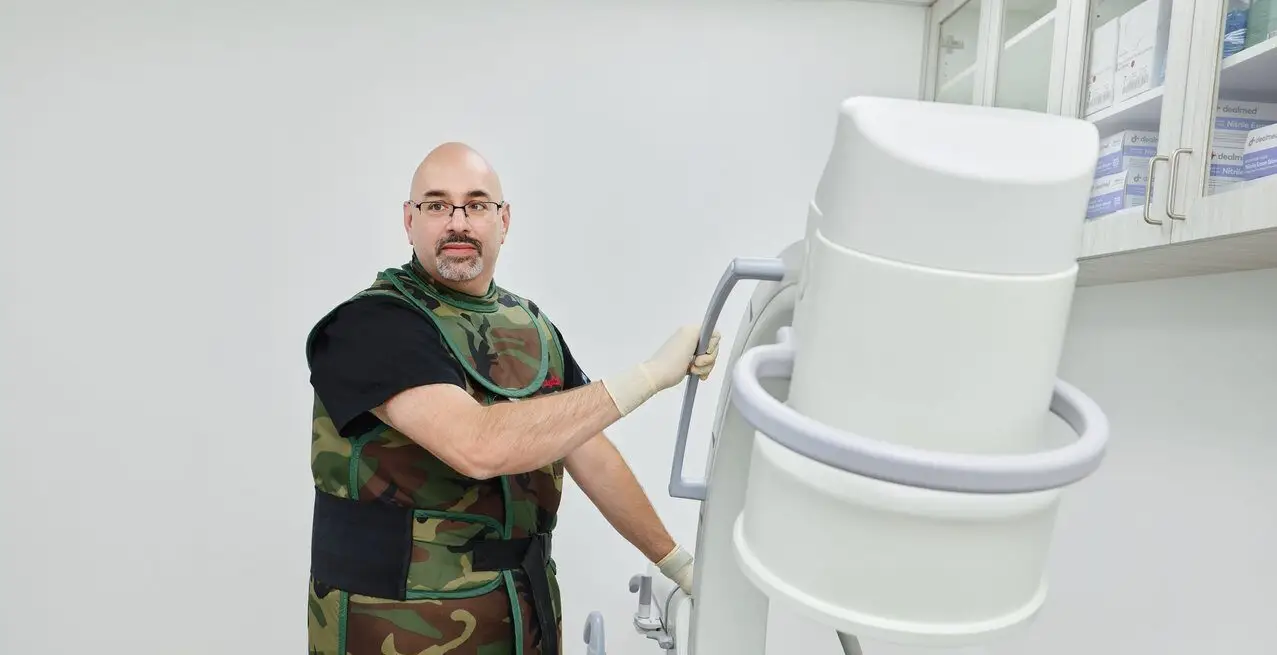WHY LIVE ANOTHER DAY IN PAIN?
New York Interventional Pain Management Center is the leading pain management practice in New York, specializing in the treatment of spine, back, neck and joint pain.









About Us
New York Interventional Pain Management Center is a leading pain management practice in Brooklyn, New York, specializing in the treatment of spine, back, neck and joint pain. Our mission is to relieve your pain and get you back to your normal lifestyle. New York Interventional Management Center is dedicated to providing the highest quality patient care.
We utilize our extensive experience and a comprehensive range of treatments, combined with the state-of-the-art technology, the latest techniques and therapeutic options to effectively treat pain and restore quality of life of our patients and their families.
We offer a tailored approach to each patient, starting with a comprehensive evaluation and developing an individualized treatment plan to maximize your active lifestyle.
We specialize in supplementing exercise, physical therapy and medication with minimally invasive procedures to effectively diagnose and manage your pain. We work closely with physical therapists, neurologists, spine doctors and orthopedics. We accept most insurance plans. Our practice DOES NOT prescribe narcotic medications nor does it take over prescribing controlled substances from other physicians.
Meet the Doctor
Dr. Boris Yaguda is the Founder and Medical Director of New York Interventional Pain Management Center. He is board-certified in Pain Medicine and Anesthesiology. As a leading NYC pain management specialist, Dr. Yaguda offers the latest and time proven pain treatment techniques, including epidural injections and nerve blocks, intradiscal procedures, radiofrequency and chemical neurolysis, cryoneurolysis, spinal cord stimulation, kyphoplasty/vertebroplasty and botox.
Dr. Yaguda is known for effectively treating the most complex cases of chronic and acute pain. He will identify the source of your pain and will utilize effective and safe treatments to restore your functionality. Dr. Yaguda’s expertise includes both fluoroscopic and ultrasound guided procedures for the treatment of a wide variety of pain conditions.
Dr. Yaguda was recognized as the Top Anesthesiologist and Pain Management Specialist by the Leading Physicians of the World in 2017. He completed his fellowship training in Pain Management at New York University and his residency training in Anesthesiology at Maimonides Medical Center in New York.
Dr. Yaguda is affiliated with Lenox-Hill Hospital and New York Community Hospital. He is also a member of the American Society of Anesthesiology, New York State Society of Anesthesiologists, New York Academy of Medicine, International Pain and Spine Interventional Society and American Academy of Pain Medicine.
As a subject matter expert in pain medicine and anesthesiology, Dr. Yaguda authored multiple publications and presented his work at leading industry conferences.
Research, Publications and Conferences:
- Yaguda B., Shekane, P., Gharibo, Complex Regional Pain Syndrome. Pathophysiology Diagnosis and Treatment, Educational Review, Pain Medicine News 12(12) Dec, 2014.
- Trunfio G., Yaguda B., et al., Ultrasound-Guided Axillary Block in an Anticoagulated Patient After Heartmate II Implantation. Open Journal of Anesthesiology Vo. 4, NO. 7 July 2014.
- Yaguda, B., Petralia, S.M., Stein, B. & Frye, C.A. (2002). VTA infusions of baclofen increase P-dependent sexual behavior of hormone-primed rats and hamsters. North-East Undergraduate Research Organizations for Neuroscience.
- Petrialia, S.M., Stein, B., Yaguda, B. & Frye, C.A. (2002). Picrotoxin pre-treatment attenuates the enhancing effects of increasing neurosteroidogenesis in the VTA on receptivity of rats and hamsters. North-East Undergraduate Research Organizations for Neuroscience; Roster presentation at Wellesley, M.A.
- Boris Yaguda, MD; Jason Siefferman, MD2; (1) New York University, Brooklyn, NY; (2) VA New York Harbor Healthcare Systems, New York, NYStellate Ganglion Pulsed Radiofrequency Neuromodulation for Raynaud’s Phenomenon in a Patient with Scleroderma. Pain Medicine, Volume 16, Issue 3, March 2015, Pages 558–622
Conditions We Treat
Treatments We Offer
Nerve Block Therapy
- Selective Nerve Root Blocks
- Peripheral Nerve Blocks
- Genicular nerve blocks
- Medial Branch Blocks
- Occipital Nerve blocks
- Facial nerve blocks
- Intercostal blocks
- Paravertebral Blocks
- Brachial Plexus Blocks
- Celiac Plexus Blocks
- Ganglion Impar Blocks
- Stellate Ganglion Blocks
- Carpal/Cubital/Tarsal tunnel injections
Therapeutic Therapy
- Epidural Injections
- Spinal Facet Joint Injections
- Trigger Point Injections
- Dry Needling
- Coccygeal injections
- Trigger Finger and small joint arthritis injections
- Botox for Migraines and Spasticity
- Spinal Cord
- Stimulator Trial
- Medical Marijuana Program
- Radiofrequency ablation (Rhizotomy)
- Sacroiliac joint injections
- Shoulder/Hip/Knee/Wrist/Ankle/Foot joint injections
- TMJ injections
Minimally Invasive Procedures
- Kyphoplasty/Vertebroplasty
- Discectomy
- Spinal Cord Stimulator Implant
What Our Patients Are Saying
I went to Dr. Yaguda after car accident with terrible pain in my back and neck and arm. He was really great at handling my initial evaluation, developing treatment plan and later treating me and referring me to physical therapy office which allowed me to function. I went back to Dr. Yaguda for several more treatments and it was always a pleasure to deal with him, not to mention getting great results. I recommend him highly to anyone looking for pain management doctor.
Inna F
Amazing doctor very personable and responsively and very pleasant office atmosphere. He has great education from NYU and knows what he is doing. I was in a serious car accident and needed comprehensive pain management and Boris was amazing with not only his treatment but with his advice as well. I can't recommend him high enough.
Elena S
Dr. Yaguda is a wonderful doctor. He is very knowledgeable, professional and has an excellent bedside manner. He takes time to listen to his patients and develops a comprehensive treatment plan. I highly recommend Dr. Yaguda to anyone looking for an expert pain management physician.
Svetlana X
Contact Us
1664 E 14 street, Suite 3B, Brooklyn, NY 11229
To make an appointment call us:
Tel: 347-763-9793
Fax: 318-232-6585 / 347-428-2099
or email us:
[email protected]
